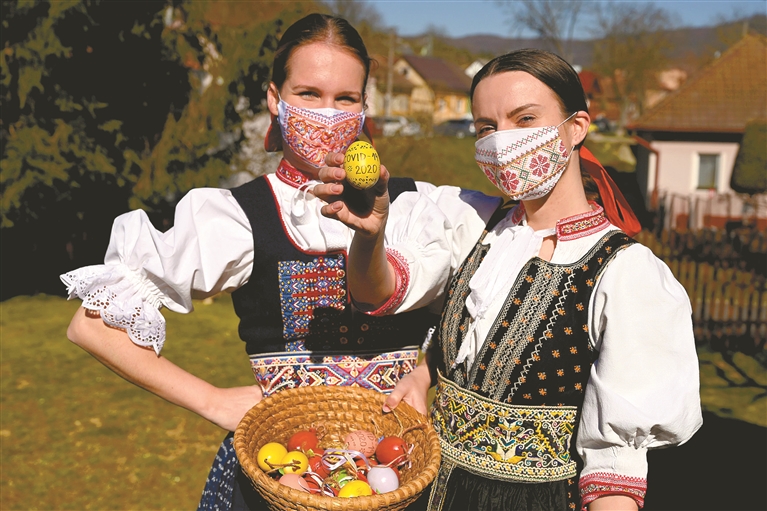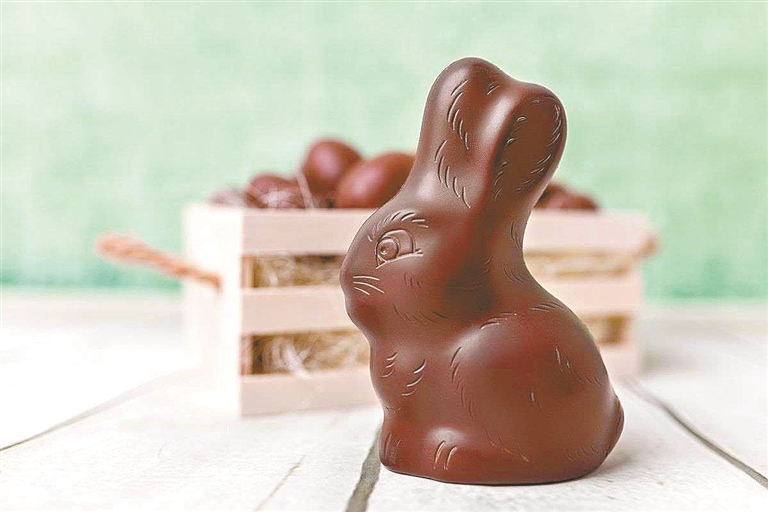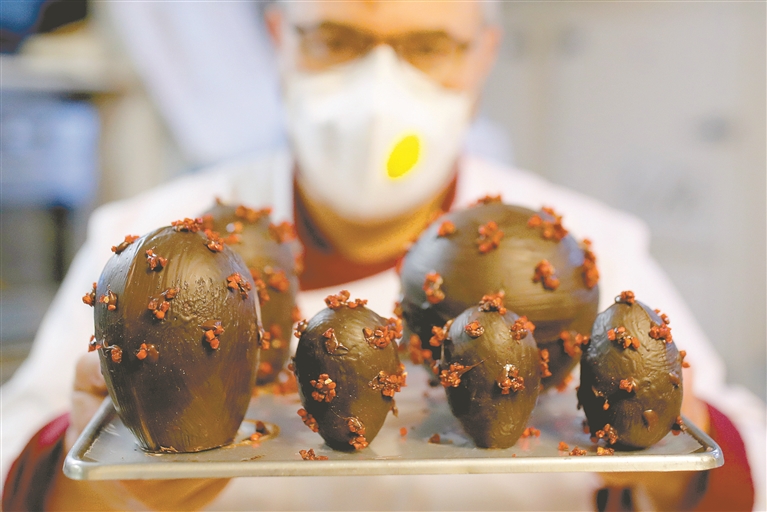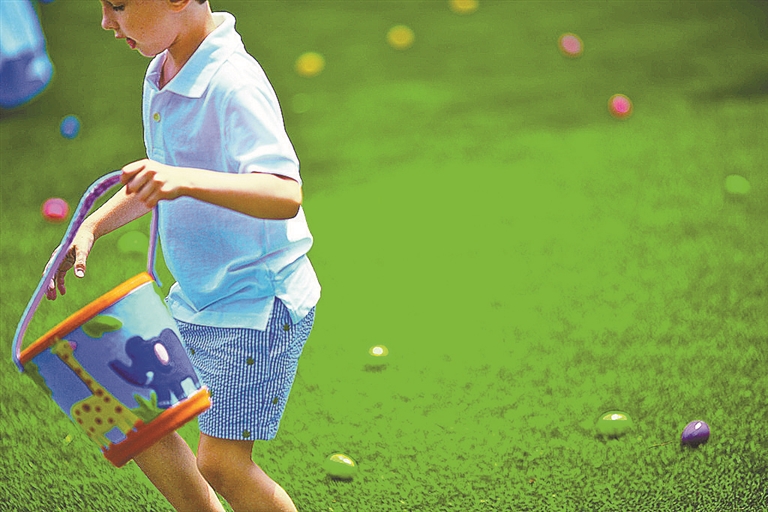



THE egg-laying Easter bunny goes hand in hand with Easter Sunday. Every year, eager children rush to their Easter baskets to see what kinds of treats, chocolate bunnies, and other special fillers the furry, mythical creature left behind for them. But, just like Santa Claus and Christmas, the mysterious hare has no obvious connections to the Christian significance of this post-Lent holy day. So, what are the Easter bunny’s origins, and why has it become such a prevalent symbol? One theory of the Easter bunny’s origins is that it stemmed from early pagan celebrations around the vernal equinox, says Time. Pagans celebrated the springtime renewal of life as well as the goddess of dawn and fertility, Eostre, who was often represented by the hare or an egg. As Christianity spread throughout Europe, the celebrations around the vernal equinox may have merged with the observance of Christ’s resurrection, since they both occurred around the same time. Missionaries were said to blend pagan traditions with Christian holidays to make the transition smoother, so it is possible that the celebrations of Eostre and the resurrection of Christ became one. The earliest evidence of a more modern Easter bunny dates back to the 1600s, when it’s first mentioned in German writings, reports Mental Floss. This rabbit, called “Oschter Haws” or Easter hare, was believed to lay a nest of colorful eggs for children who were good. While there is no actual bunny that once was the iconic hare, the legendary egg-laying rabbit is said to have been brought to the United States by German immigrants in the 1700s. As mentioned, children would make nests for Oschter Haws to leave behind eggs. The tradition spread throughout the U.S., where the hare’s gifts eventually became chocolates and candies and the nests were replaced by baskets. Chocolate bunny figurines also originated in Germany, where they began making pastries for the fabled rabbit in the 1800s. Why is it the Easter bunny and not a chicken? As previously mentioned, the rabbit and the egg became intertwined with the spring holiday because of their pagan roots representing fertility and rebirth. It seems possible that these two images merged into the egg-laying rabbit of German lore, instead of a practical chicken. Regardless of who’s laying them, eggs are a prominent Easter image that have come to represent Christ’s emergence from the tomb and resurrection. One possible reason for decorating eggs is that they were adorned for enjoyment on Easter morning once Lenten fasting was finished. Whether it was pagan or Christian associations with the rabbit that ultimately influenced the Germans, we may never know. But one thing is certain: The Easter bunny will continue to bring joy and excitement to children every Easter Sunday. This year’s Easter falls on April 12. (SD-Agencies) | 
